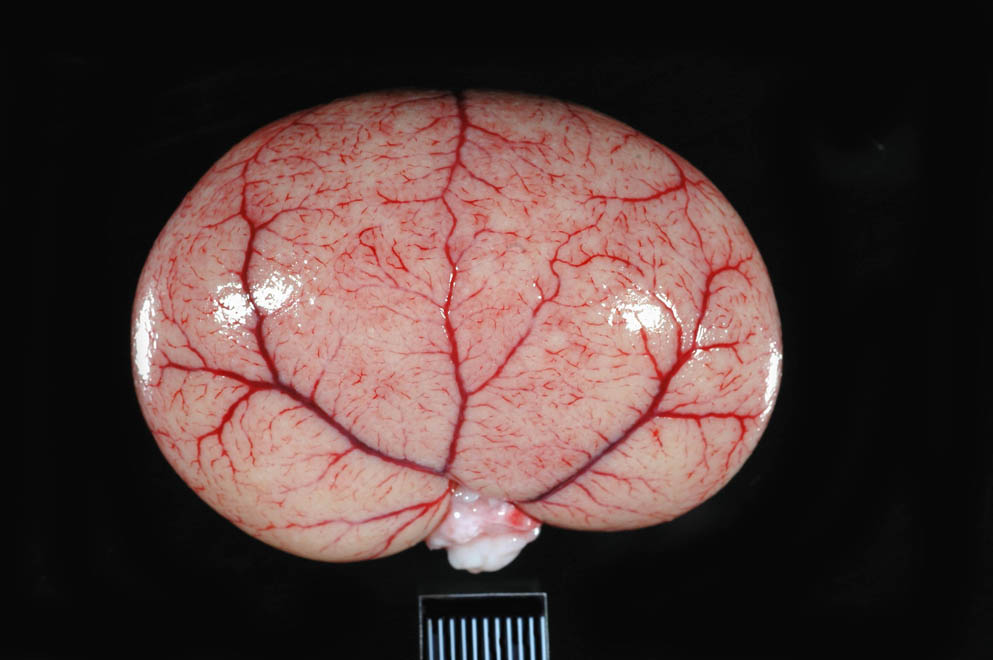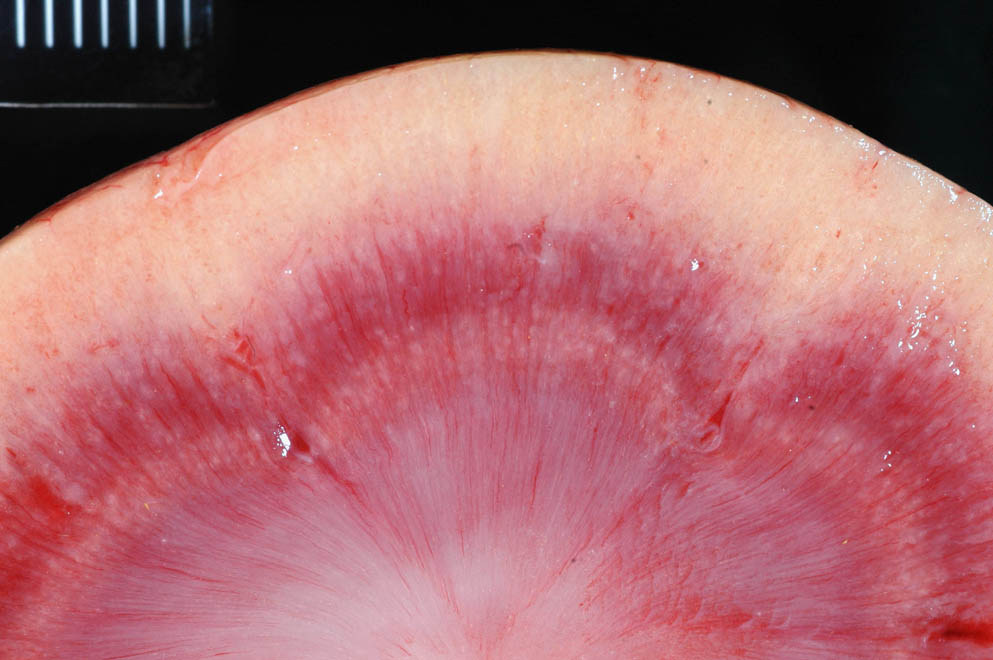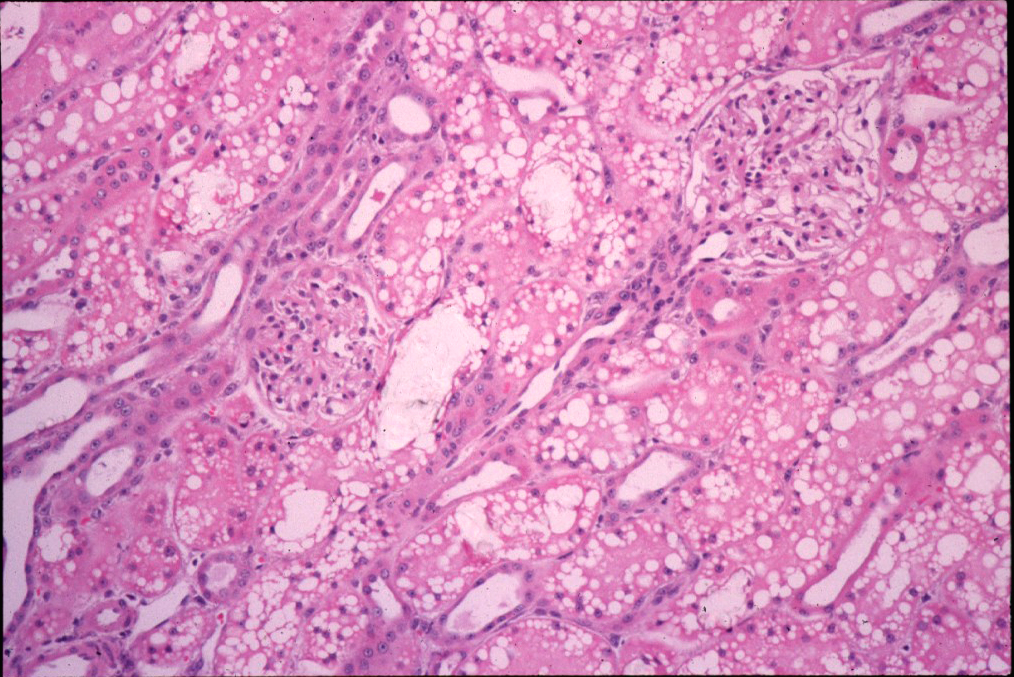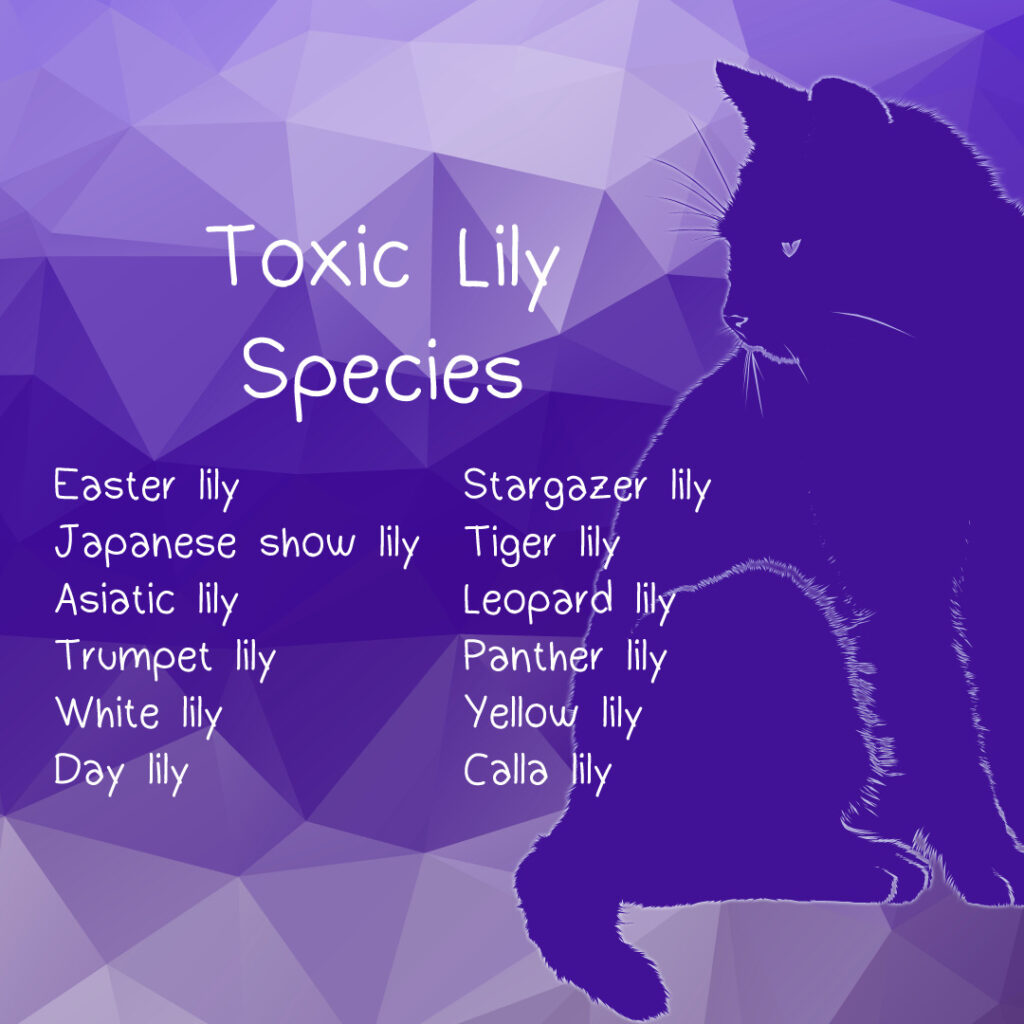





Happy (almost) Easter! This week’s posts are going to be themed around toxins commonly seen around the Easter holiday. Today’s path rounds are on 𝐥𝐢𝐥𝐲 𝐭𝐨𝐱𝐢𝐜𝐢𝐭𝐲!
𝐖𝐡𝐚𝐭 𝐢𝐬 𝐢𝐭?
𝐋𝐢𝐥𝐢𝐞𝐬 are a common plant around the Easter holiday, however they can be found in gardens and homes year round. There are actually over 4000 different species of lily, not all of which are toxic.
𝐖𝐡𝐨 𝐠𝐞𝐭𝐬 𝐢𝐭?
This toxicity affects cats!
𝐖𝐡𝐚𝐭 𝐜𝐚𝐮𝐬𝐞𝐬 𝐢𝐭?
The toxic agent in lily plants has not yet been identified, but it is found in all parts of the plant, including pollen. Cats that ingest as little as 2 leaves, or part of a single flower can develop toxicity. There have also been cases where the pollen from the flower has landed on the cat, and the cat acquires the toxin through cleaning its fur. Thus, it is very important to keep all your kitty friends far away from lilies!
𝐖𝐡𝐲 𝐢𝐬 𝐭𝐡𝐢𝐬 𝐚 𝐩𝐫𝐨𝐛𝐥𝐞𝐦?
The toxin appears to target the kidneys, particularly the 𝐭𝐮𝐛𝐮𝐥𝐚𝐫 𝐞𝐩𝐢𝐭𝐡𝐞𝐥𝐢𝐮𝐦, which are the cells lining the kidney tubules. The toxin causes 𝐧𝐞𝐜𝐫𝐨𝐬𝐢𝐬 (cell death) of these lining cells. Pretty much all of the kidney is composed of tubules, so any damage to these cells can quickly lead to kidney failure.
Cats with 𝐚𝐜𝐮𝐭𝐞 (fast onset) kidney failure will often be dehydrated and 𝐩𝐨𝐥𝐲𝐮𝐫𝐢𝐜 (urinating excessively) early on, then progress to 𝐚𝐧𝐮𝐫𝐢𝐜 renal failure, where no urine is produced. The polyuric phase occurs 12-30 hours after ingestion, and the anuric phase occurs after 24-48 hours. If not treated, these animals typically die within 3-7 days.
𝐇𝐨𝐰 𝐢𝐬 𝐢𝐭 𝐝𝐢𝐚𝐠𝐧𝐨𝐬𝐞𝐝?
Diagnosis can be challenging without a history of lily exposure. Measuring 𝐛𝐥𝐨𝐨𝐝 𝐮𝐫𝐞𝐚 𝐧𝐢𝐭𝐫𝐨𝐠𝐞𝐧 and 𝐜𝐫𝐞𝐚𝐭𝐢𝐧𝐢𝐧𝐞 levels, both products normally excreted in the urine, can be a clue to identify the renal failure. 𝐔𝐫𝐢𝐧𝐚𝐥𝐲𝐬𝐢𝐬 (analyzing the urine) can also help identify signs of renal failure. However, neither of these tests will specifically identify lily consumption, because other toxins or conditions can also cause these changes.
𝐇𝐨𝐰 𝐢𝐬 𝐢𝐭 𝐭𝐫𝐞𝐚𝐭𝐞𝐝?
Treatment typically involves fluid therapy, to help flush the toxin out of the kidneys and prevent dehydration. However, this treatment can only be used prior to the anuric phase of the toxicity. Once anuria has occurred, cats will need to undergo dialysis or hemodialysis, similar to a human kidney failure patient.
𝐏𝐡𝐨𝐭𝐨𝐬
1-2) Two of the most common lily plants in homes, the 𝐄𝐚𝐬𝐭𝐞𝐫 𝐥𝐢𝐥𝐲 and the 𝐭𝐢𝐠𝐞𝐫 𝐥𝐢𝐥𝐲. Both of these plants are toxic to cats!
3-4) A cat kidney showing signs of tubular necrosis.
5) What renal tubular necrosis looks like on histology! The tubules should normally have defined, solid borders, but here they look all holey and moth-eaten.
6) A list of some of the known toxic lily species! (also adding to the main post in case people want to share!)
𝐒𝐨𝐮𝐫𝐜𝐞𝐬
Fitzgerald KT. Lily toxicity in the cat. Topics in Companion Animal Medicine 2010;25(4):213-217.
Photos 1-2 © Wikimedia Commons contributor Audrey licensed under CC 2.0 International.
Photos 3-5 © Noah’s Arkive contributors Morris, Crowell licensed under CC BY-SA 4.0.




